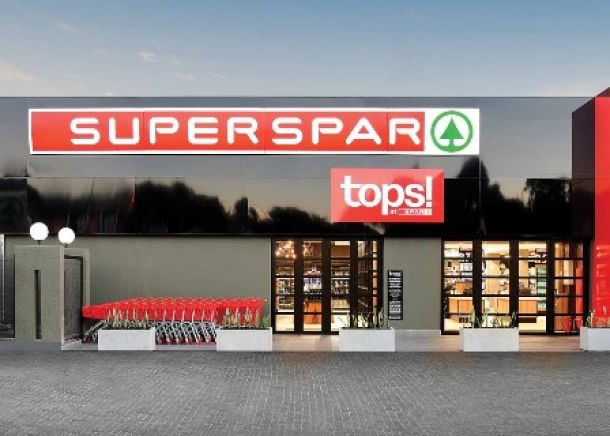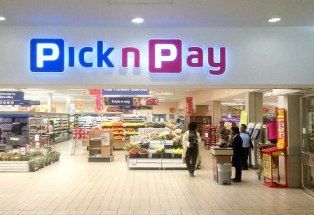
Pick n Pay surges as Boxer, price hikes boost profit
Shares in Pick n Pay surged almost 7% on Monday afternoon after the retailer flagged double-digit sales and earnings growth supported by a strong performance from its value brand Boxer and higher prices.
Pick n Pay expects sales growth of 11.5% for the 26 weeks ended 28 August, with like-for-like sales up some 7.4%.
Headline earnings were expected to be 20 to 30% higher.
The sales growth was primarily driven by a strong performance from Boxer, with the company saying the year-on-year sales growth from the Pick n Pay supermarkets upgraded to new "customer value propositions" had been "particularly encouraging".
However, the company said the upgraded stores "do not yet constitute a substantial enough proportion of the estate to meaningfully impact the overall performance of the Pick n Pay brand".
The retailer earlier this year split its core Pick n Pay offering into two distinct brands as it looks to make further inroads to the discount, convenience, and premium market segments. Pick n Pay serves higher-income customers, while Pick n Pay QualiSave focuses on customers in the growing middle market. Its Boxer brand would continue to serve customers in the lower to middle income segments.
Price hikes
Pick n Pay’s profitability was supported by recent price hikes, with the group’s internal selling price inflation for the period reaching 7.2%, "reflecting a sharp uptick over July and August" compared to the 5% reported for the first 18 weeks of the financial period.
Pick n Pay noted sharp increases in food price inflation in South Africa, as measured by Statistics SA as part of the consumer price inflation – from 8.6% in June to 11.3% in August.
It stressed that its price hike was still below the official consumer price inflation.
Casparus Treurnicht, portfolio manager and head of research at Gryphon Asset Management, said that looking at the group’s "top-line figures" Pick n Pay is definitely starting to perform better overall and "looking like they could start to reclaim back some market share".
"This trading update is a very good indication that Pick n Pay is already starting to reclaim back lost market share. The retail environment is going to get very competitive with disposable incomes under pressure".
Treurnicht said Pick n Pay had also indicated it had received a "good response" to its new formats and that he believed the decision to move in this direction was a "very good development".
Treurnicht said Pick n Pay’s internal inflation rate was "rapidly rising" indicating the increasing food inflation that would not be good for consumers, particularly those in the lower living standards measures (LSMs).
"We knew this was a reality and here it is in the numbers - it is concerning from a macro point of view. They are passing it (rising inflation) onto the consumer and this is helping the revenue number. The like-for-like number is going up in line with inflation, which means volume growth is actually stationary. Retailers are fighting it out for a bigger piece of the basket."
Richard Cheesman, senior equity analyst at Protea Capital Management, said it would seem that Pick n Pay had delivered "solid top-line growth" supported predominantly by inflation.
Pick n Pay citing Boxer as a strong contributor was not surprising as the brand had been "a key area of growth for a period of time", said Cheesman.
News Category
- International retailers
- On the move
- Awards and achievements
- Legislation
- Wine and liquor
- Africa
- Going green
- Supplier news
- Research tools
- Retailer trading results
- Supply chain
- Innovation and technology
- Economic factors
- Crime and security
- Store Openings
- Marketing and Promotions
- Social Responsibility
- Brand Press Office
Related Articles
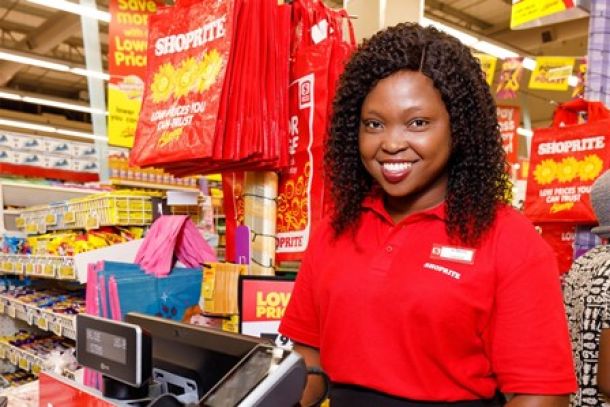
Shoprite Group's affordability focus wins with ...
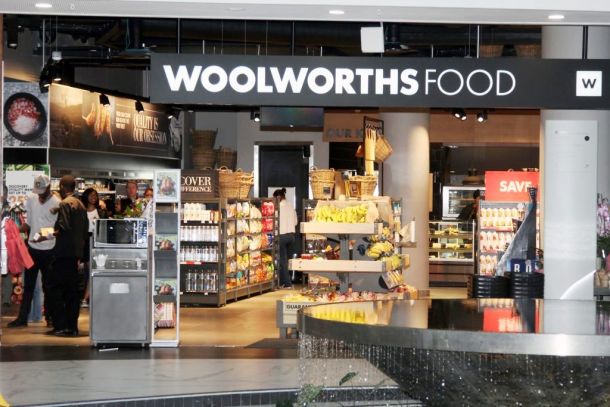
Woolworths expects 19% cut in full-year earnings
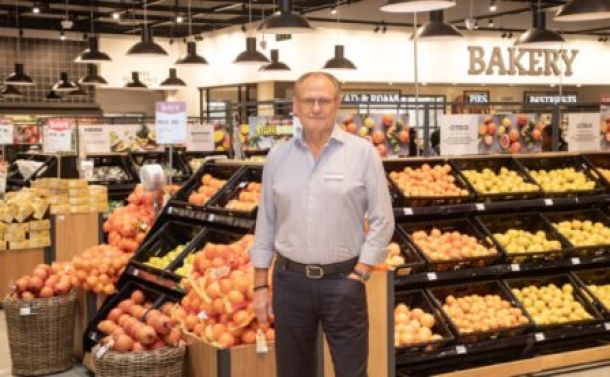
Pick n Pay plunges 16% on JSE as stock adjusts ...
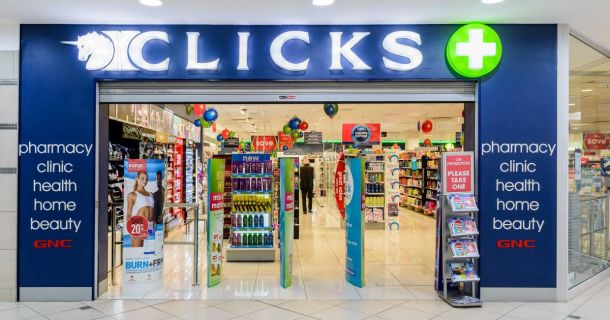
Clicks reports resilient first-half as earnings...
